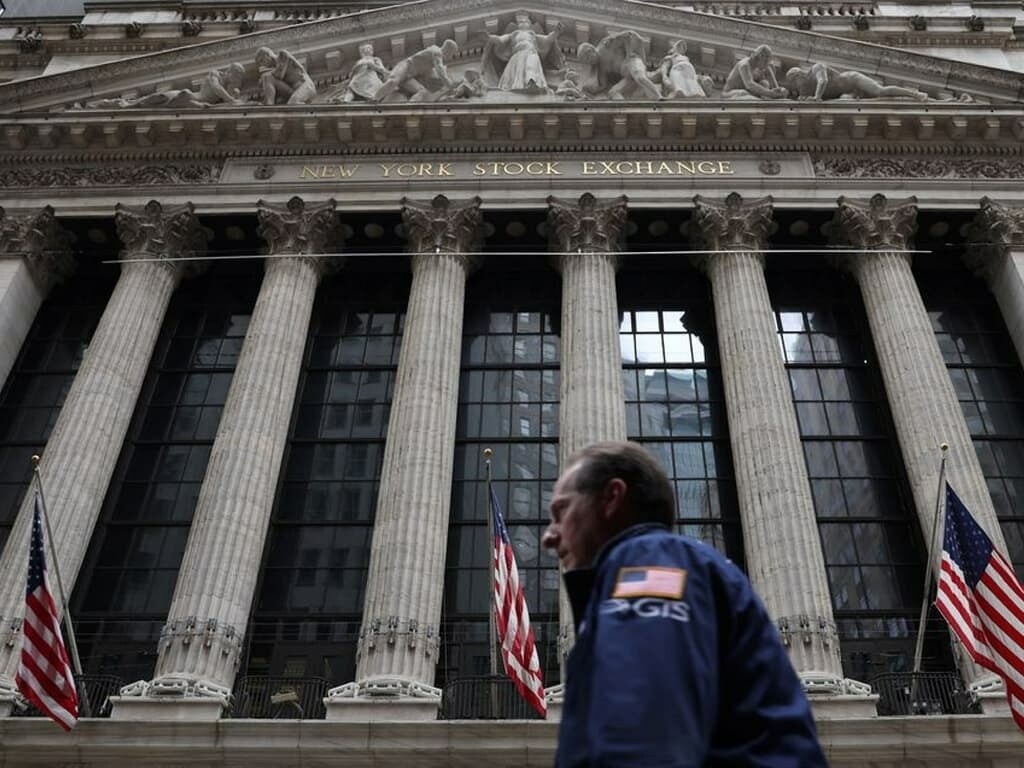In April, U.S. business activity eased to a four-month low due to weakened demand, while inflation rates saw a slight decrease despite sharp rises in input prices.
These developments suggest potential relief ahead, as the Federal Reserve seeks indications that the economy is slowing enough to further alleviate inflationary pressures.
S&P Global reported on Tuesday that its flash U.S. Composite PMI Output Index, which monitors both the manufacturing and services sectors, dropped to 50.9 this month from 52.1 in March. A reading above 50 indicates expansion in the private sector.
This slowdown reflected diminished growth rates in both manufacturing and services sectors, with activity reaching three- and five-month lows, respectively.

Consequently, employment, closely monitored by the Fed for signs of a slowdown, declined for the first time since June 2020, particularly within the services sector.
The survey indicates that the economy lost momentum at the start of the second quarter compared to the January-March period. GDP likely grew at a 2.4% annualized rate in the previous quarter.
Despite the Federal Reserve’s implementation of 525 basis points’ worth of interest rate hikes since March 2022 to combat inflation, the United States continues to outpace its global counterparts.
Recent stronger-than-expected inflation and employment data have unsettled the Fed, suggesting that its efforts to reduce inflation to the central bank’s 2% target rate may have stalled or even reversed.
The Fed is set to meet next week, with expectations that it will maintain its policy rate within the current 5.25%-5.50% range.
Last week, several Fed officials refrained from indicating a potential rate cut this year, emphasizing instead that recent data necessitate a longer period of restrictive monetary policy.

The S&P Global survey’s measure of new orders received by private businesses fell to 48.4 from 51.7 in March, marking the first decline in six months.
Meanwhile, the measure of prices paid for inputs decreased to 56.5, down from the six-month high of 58.7 in March, but still robust. The output prices gauge declined to 54.1 from the ten-month high of 56.4 in March, but remained up.
In a reversal from last year’s trends, where wage-related price pressures intensified in the services sector while manufacturing input costs cooled, higher raw material and fuel prices led to the fastest rise in manufacturing input costs in a year in April.
This indicates that manufacturing has experienced steeper inflation increases in three of the past four months, while service providers reported the second-lowest cost increase in three and a half years.







Leave a Reply